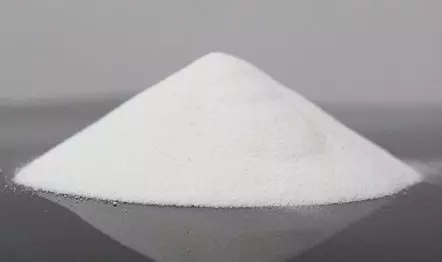IUPAC Name
Aluminium Sulfate
Cas Number
7784-31-8
HS Code
2833.22.00
Formula
Al2(SO4)3 · 18H2O
Appearance
Colorless soft solid
Common Names
Alum, Aluminium alum
Packaging
25 Kg PP/PE Bags
Aluminium sulfate, also known as cake alum or aluminium salt, is a chemical matter with the formula Al2(SO4)3. It is applied in various industries, such as the wastewater treatment industry, water purification, and paper industry. Aluminium sulfate appears as white crystalline solid and is odorless. It is hygroscopic and hence, able to absorb and retain water from the surroundings. It is also water-soluble, non-volatile, and non-flammable. It is extremely acidic such that it can burn human skin and also corrodes metal. When dissolved in water, pH can be less than two.
Aluminium sulfate is dangerous if inhaled or swallowed. The inhalation will cause coughing and potentially shortness of breath. Eating or swallowing aluminium sulfate can cause severe irritation of the intestines and stomach. Ingestion will induce vomiting, nausea, and diarrhea. Upon contact with skin or eyes, it will cause irritation, redness, itching, and pain. Besides that, adding water to aluminium sulfate can cause sulfuric acid to form. Manufacturing Process In industrial product, the synthesis of aluminium sulfate is carried out in several stages: • Mixing aluminium hydroxide with sulfuric acid Sulfuric acid is fed into a heat-resistant and acid-resistant reaction vessel. Aluminium hydroxide is then added to the vessel and is heated to a high temperature of about 100°C to 130°C. The concentration of sulfuric acid added to the mixture must be high in order for the reaction to be efficient. • Adding Nitric Acid into the vessel Recently, a more advanced method has been developed to increase the efficiency of aluminium sulfate production. This allows the reaction to be held at a lower temperature, shorter time, and can require a lower concentration of sulfuric acid without a heating source. Contrary to the method mentioned above, an additional product (nitric acid or hydrogen peroxide solution) has to be added to the reaction. • Separate aluminium sulfate from water Concentrated aluminium sulfate solution is cooled and followed by evaporation to separate aluminium sulfate from water.
In 1963, Carl introduced his discovery of a process for producing aluminum sulfate by reacting bauxite or aluminum oxide containing iron ore with sulfuric acid. The principle of the present invention is to increase the efficiency of the extraction process which can be used for materials other than bauxite such as kaolin. In 1981, Boisen devised a method for crystallizing a solution of aluminum sulfate so that it had the same granular size. This process uses an evaporation crystallization device
Aluminium Sulfate is extensively used as a primary coagulant/flocculant in water-treatment systems. It helps aggregate fine suspended particles into larger clumps that can settle or be filtered out
In the paper industry, Aluminium Sulfate is used to control ink absorption and sizing, enhance retention of additives, and improve paper quality under acidic conditions.
It acts as a mordant in dyeing/printing of fabrics, helping dyes bind to fibers more effectively, improving colour fastness and quality.
Because of its acidic nature, Aluminium Sulfate is used as a soil amendment to lower pH, especially for acid-loving plants such as hydrangeas, azaleas, and blueberries.
